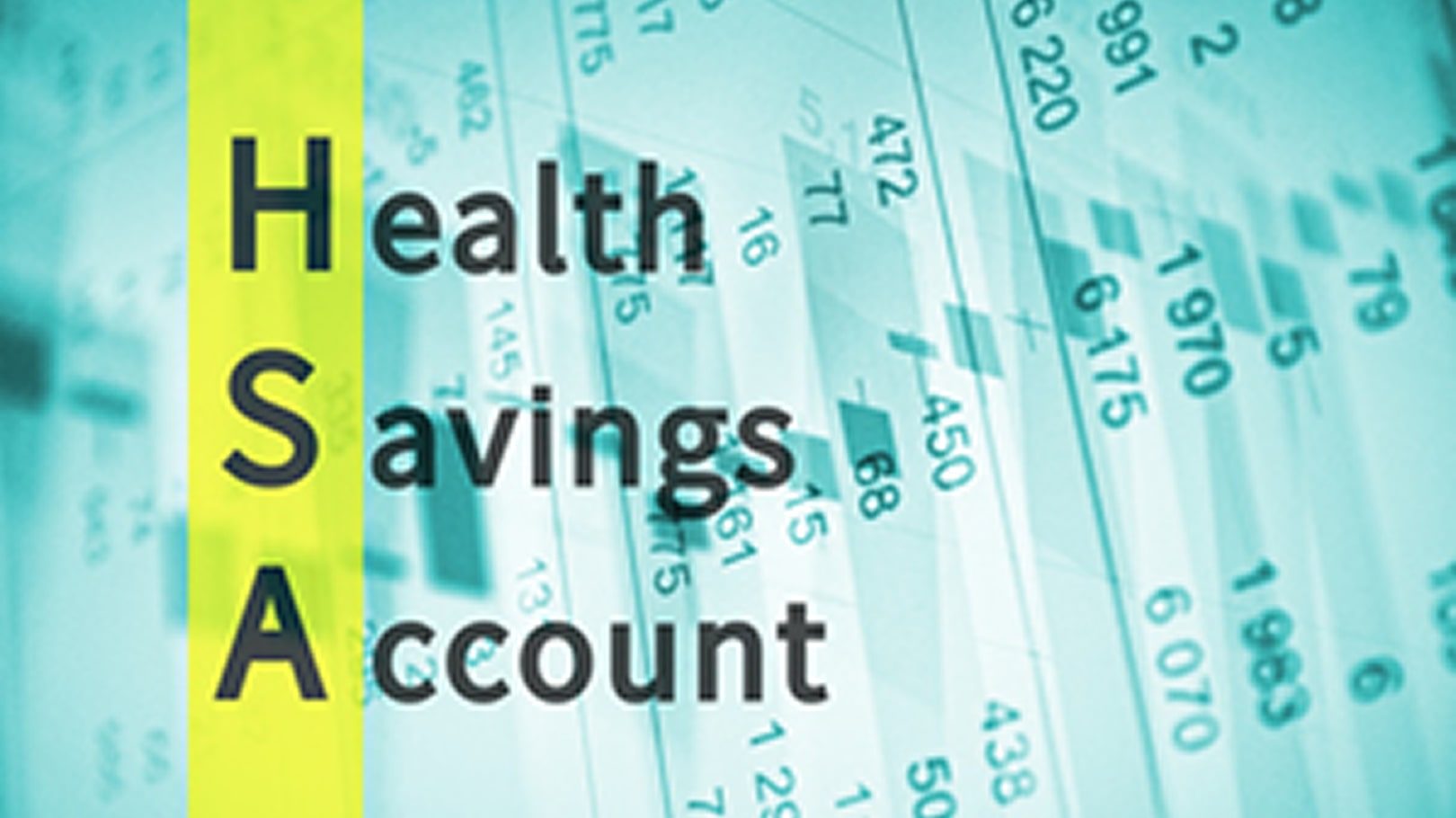Why Republicans Value HSAs and Employers Should Too
In his “A Better Way” reform agenda for health care, House Speaker Paul Ryan proposes changes that would relax IRS regulation in areas governing Health Savings Accounts (HSA). This is good news for employers because it’s an opportunity to make even more attractive the most effective tool employers have to save on health insurance while at the same time empower employees toward greater fiscal responsibility around health care spending.
There is a reason why in Singapore, one of the freest of the free market countries in the world, HSAs are the centerpiece of the health insurance system. Singapore spends 4.9% of GDP on health care versus the 17.1% we are spending in the U.S.
HSAs offer a significantly better way for employers when it comes to reducing health insurance costs while adding value for employees. Learn how the 4 “C”s can make this a winning strategy for your business.
Cost
So what is an HSA plan? An HSA plan is any health plan with a deductible as low as $1,300 or as high as $6,350 that is offered along with a bank account reserved strictly for health spending. Whether consumers choose to fund the account or not is up to them, but it makes good financial sense to do so.
HSA plan premiums can be anywhere between 15% – 50% less than a traditional copay plan. The premium savings returned to individuals allows them to deposit those savings via pre-tax payroll deduction to an account which they can then draw on to purchase qualified medical expenses.
Below is an actual renewal rate history for a client, who, when I met with her for the first time in 2012, United Health Care was proposing an 8% increase for a rich, fully insured copay plan that was more than what her employee demographic needed or could afford.
We moved to a partially self-funded HSA plan with an alternate carrier and she has been with them ever since.

Contributions
Every one of my clients offers an HSA either as the only option or as a lower cost alternative to a traditional copay plan and then bases their contributions on the lower cost option. The savings achieved affords employers an opportunity to address larger operational challenges like morale, turnover and competitive advantage through buy in that’s created when the employer helps fund the account. To demonstrate value, employers will often choose to help fund employee HSA accounts using one of the following 3 methods:- Lump Sum: where the employer dumps a pre-determined amount of money into the employee’s HSA account at the beginning of the plan year to give employees a head start. Most popular with unionized and government employers.
- Monthly Contribution: where the employer deposits a certain amount to employee HSAs each month.
- Monthly Match: this is the approach most popular and the one I promote over all others. This is where the employer agrees to match any contribution the employee makes to his/her account up to a certain dollar amount. For example – let’s say the employer agrees to match the employee contribution, dollar for dollar, up to $25.00 per month. If the employee deposits $10.00 into his account each month, the employer will also put $10.00 in the account. If the employee chooses to put $50.00 a month in his account, the employer is good for a maximum of $25.00 additionally.I favor the monthly match approach because it supports and fosters all of the values I believe in that help to make a population more accountable and responsible for how they spend on health care services.
Consumerism
Why HSAs make sense for consumers:-
- Your premium cost for the plan is significantly lower than traditional copayment plans.
- You can save money, income tax-free to purchase qualified medical items such as acupuncture, dental expenses, eyeglasses, prescription medications, medical devices and equipment – download the full list of IRS-approved qualified medical expenses and refer to pages 5 through 15 for an alphabetical listing. Republican Proposal: Allow qualified medical expenses incurred before HSA-qualified coverage begins to be reimbursed from an HSA account as long as the account is established within 60 days
- All medical purchases count toward your deductible.
- You can use the HSA to save for future medical expenses, including expenses you may have after you retire.
- You can use funds in your HSA to purchase qualified medical expenses for other members of the family such as a spouse who may have health coverage of their own through his/her employer.
- All the money in the HSA is yours to keep and spend on qualified medical expenses, even if you change jobs, move out of State, or change health plans.
- There is no “lose it or use it” rule. Any money left in your account at the end of the year simply carries over to the next year and will continue to accumulate.
- For 2016, the annual maximum an individual can contribute to his account tax free is $3,350 and $6,750 for a family.
- For employees age 55 or older, the IRS allows for an additional $1,000 catch up contribution for individuals and families. Republican Proposal: Allow spouses to make catch-up contributions to the same HSA account.
- The HSA is a “triple tax savings.” 1 – Your deposits are exempt from federal income tax and most state income tax. 2 – Your savings grow tax-free. 3 – Money you spend on qualified medical expenses is income tax-free too.
- Additional Republican Proposals: Set the maximum contribution to an HSA at the maximum combined and allowed annual deductible and out-of-pocket expense limits; andExpand accessibility for HSAs to certain groups, like those who get services through the Indian Health Service and TRICARE.

